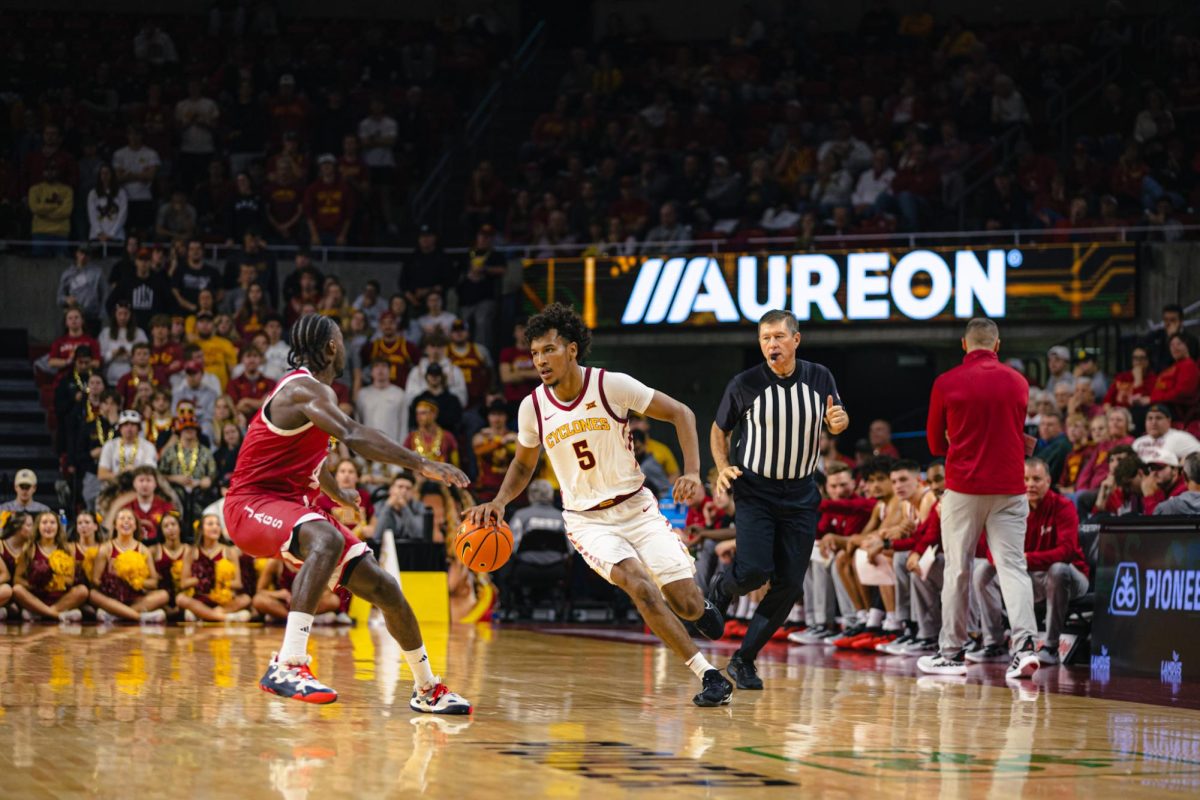Tips to picking a personal trainer
June 15, 1998
Q: Do you have any suggestions on where to find a personal trainer and what questions should I ask?
A: Personal trainers are not only for the rich and famous. More and more exercisers, novice and veteran alike, are hiring personal trainers because they offer a practical and affordable means of getting and staying healthy.
Many individuals wrongly and automatically equate personal training with fitness facilities and gyms full of hard-core strength trainers and body builders. This is only part of the picture. Anyone in or out of shape can use a personal trainer to meet their exercise goals, or help to establish exercise goals. There is a variety of reasons why a personal trainer can help you!
Many athletes work with personal trainers during the off-season to help prepare themselves for in-season competition. Individuals recovering from an injury or accident may enlist the support of a personal trainer (in conjunction with a physical therapist) to get them back in top form. The majority of work that a personal trainer is hired to do involves increasing/maintaining their client’s fitness level, assisting them with weight loss or overseeing their strength training and cardiovascular program. Strength training in particular is gaining more attention because research has demonstrated that decreased levels of strength in adults is now known to be a risk factor for disease.
Personal trainers serve not only as a coach, but as a confidant, role model, educator and a major source of motivation and encouragement. Some people want constant supervision two or three times a week, and this may add to their adherence and willingness to stick to their program. Some people only need to work with a trainer on occasion to update their exercise program or for periodic fitness testing.
A novice exerciser may find the personal trainer the most valuable because working with a personal trainer for just a few sessions may be all it takes to for some people to feel comfortable with independent exercise. Here are some of the more common services offered to those beginning an exercise program by a personal trainer:
- Fitness evaluation: This is a series of tests designed to assess cardiovascular fitness, flexibility, body composition (body-fat percent), muscle strength and endurance.
- Personalized exercise program based upon an individual’s fitness needs, evaluation results and goals.
- Supervised exercise and personal attention during exercise sessions to give detailed information about safe and effective techniques.
Find one that best suits your needs, time schedule and budget. Of course, you want to hire a personal trainer that is certified by a nationally-recognized organization such as the American Council on Exercise (1 800 529-8227 to locate the ACE certified personal trainer nearest you). This is your assurance that you are working with a trainer who has demonstrated that she has the knowledge to provide you with a safe and effective workout.
Don’t hesitate to ask for references, and be certain the trainer has liability insurance and provides business policies in writing.
Rates will vary depending on the trainer’s experience and the length and location of the exercise session. While some facilities offer personal training to their members at reduced rates, personal trainers typically charge $25-$50/hour for their services.
Finally, ask yourself if you could get along well with the trainer and if they seem genuinely interested in helping you. If they meet all your prerequisites, this is the trainer to hire.
Q: I am one of those people with a sway back. I frequently have low-back pain, and this fitness instructor told me to strengthen my abs. What will this do to help my back?
A: Many exercises work all the major muscle groups, but neglecting certain areas can lead to imbalances in strength, postural difficulties and injuries. Try this simple wall-test: stand with your feet about 6-inches apart, heels against the wall; buttocks and shoulder blades also touching the wall. Make a fist and attempt to push it behind your low-back; between the wall and your lower back. If it easily fits, you probably have a muscle imbalance called “hyperlordosis,” also known as “sway back.” If this is you, you’re at risk for low-back pain and potential injury. What to do? Strengthen your abdominal muscles and stretch your low back and hip flexors.
Crunches can be done to strengthen the abdominal muscles. To stretch the hip flexors (the muscles that attach the leg to the torso), lie face-down, relaxing your head against your hand. Reach back with the other hand and grab your shoelaces. Bring your foot to your buttocks and relax. Repeat each stretch on each leg at least 3 times, holding for 30 seconds each. Thoroughly warm-up (increasing your core body temperature) before stretching muscles at this intensity. For your low-back pain, perform pelvic tilts by standing with hands on hips, knees flexed. Tilt the hips forward by contracting your abs, then release by arching your low back.
Your goal with these stretches and the strengthening routine is to establish a more “neutral spine,” one in which the pelvis rests comfortably under the shoulders without a dramatic tilt in the hips.






